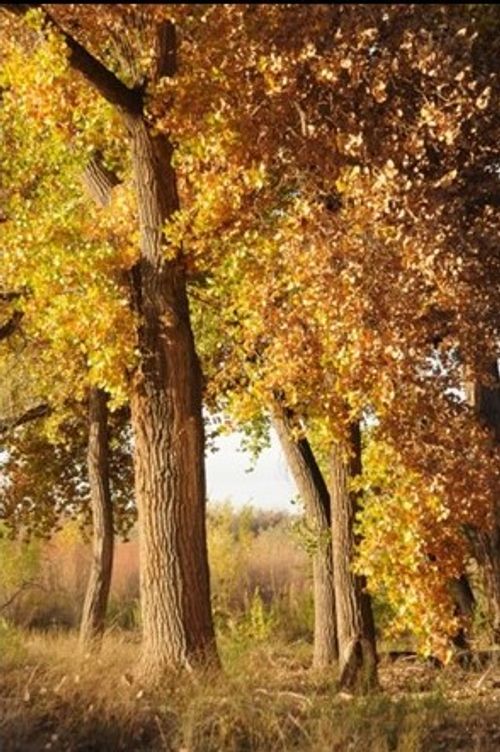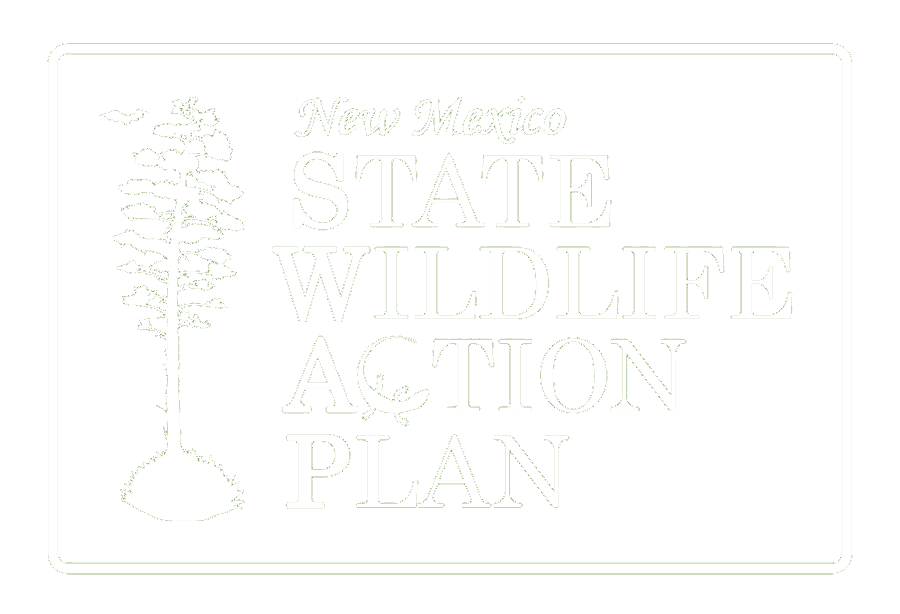
SWAP Habitat
Great Plains Floodplain Forest
NVC Name
Northern & Central Great Plains Floodplain Forest (M028)
SWAP General Vegetation Type
RIPARIAN WOODLANDS and WETLANDS
Great Plains Floodplain Forest [M028] is found mostly in the High Plains and Tablelands, Colorado Plateaus, and Chihuahuan Desert ecoregions along small to relatively large rivers with low gradients and wide floodplains. Eastern cottonwood (Populus deltoides) is the most common tree and may form pure stands with peachleaf willow (Salix amygdaloides), Goodding’s willow (S. gooddingii), and coyote willow (S. exigua) in the understory. Herbaceous cover is generally sparse in drier sites but, under more mesic conditions, native wetland species can be present such as bulrushes (Schoenoplectus americanus), common spikerush (Eleocharis palustris), rushes (Juncus balticus, J. longistylis, and J. tenuis), fowl mannagrass (Glyceria striata), sedges (e.g., Carex aquatilis), and horsetails (Equisetum arvense and E. laevigatum). Invasive exotic species can also be prevalent such as redtop (Agrostis gigantea), creeping bentgrass (A. stolonifera), Kentucky bluegrass (Poa pratensis), and sweetclover (Melilotus officinalis).
Stream gradients are generally low (<1%), and riverbeds tend to be mostly sandy. Gravels and cobbles are more common as the gradient increases. This type of forest is found on elevated sidebars and low terraces that are situated above the active channel. Flooding frequency ranges from every two years on lower bars to once in more than 50 years on elevated terraces. Soils of young fluvial landforms are poorly-developed entisols. Soils may be coarse loamy throughout or overlain by a sandy layer. Gravels and cobbles are generally scattered throughout the profile. Soils are dry within one meter of the ground surface but become moist upon approaching the groundwater table, particularly during seasonal flooding events.
